The top Marvel Comics character debuts - 1970 to 1979
Looking back at the best Marvel Comics superheroes and villains created each year during the '70s
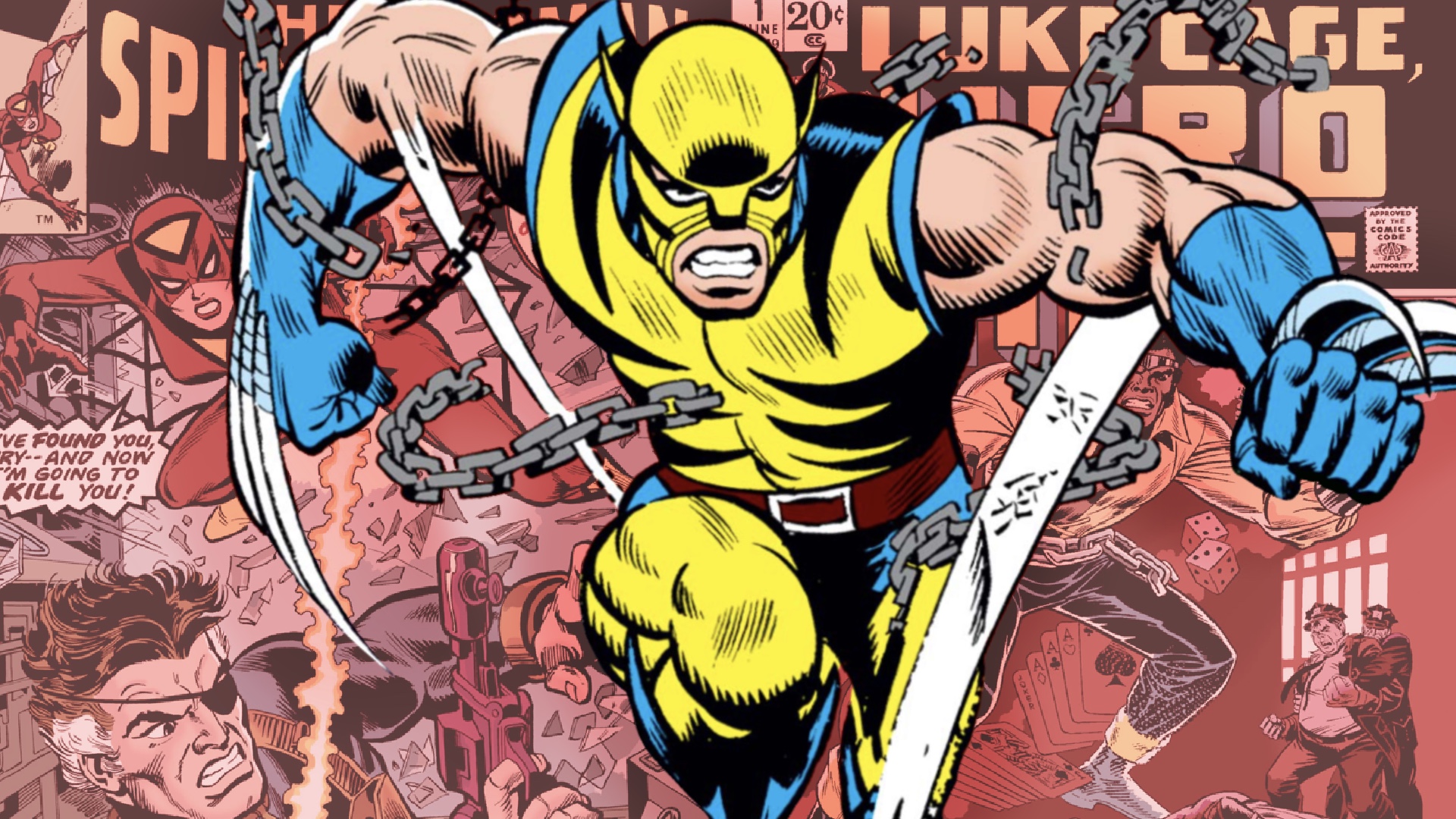
Marvel Comics has been highlighting 2021 as the 60th anniversary of the start of the Marvel Universe way back in 1961's Fantastic Four #1.
And while there's no denying that milestone, Marvel fans of a certain stripe are also eagerly awaiting the celebrations of the golden 50th anniversaries characters such as Wolverine, Blade, and Ghost Rider who were introduced in Marvel's sophomore era of the '70s.
In fact, Marvel is already dubbing 2022 the 'Year of Vengeance' as a celebration of the 50th anniversary of Ghost Rider's 1972 debut in Marvel Spotlight #5, with a relaunched title focusing on the classic Ghost Rider, Johnny Blaze, in a new context.
But who are the best Marvel Comics characters introduced in the '70s?
The answer to that question is subjective of course, but we at Newsarama (including some of us who lived through the Bronze Age heyday of the '70s) have our own opinions on the matter.
Now that we're over 50 years on from one of the most transformative decades in Marvel Comics history, we're looking back at the best Marvel Comics character introduced in each year of the '70s - and some of our picks just might surprise you.
Who are your favorite Marvel Comics characters from the '70s? Let us know in the comments - it's all part of the fun!
Get the best comic news, insights, opinions, analysis and more!
1970: Valkyrie

First Appearance: Avengers #83
Recommended Reading: Mighty Valkyries
Originally debuting in 1970's Avengers #83 as a disguise for the Asgardian villain Enchantress, Marvel's concept of the Valkyrie quickly evolved in 1971's Incredible Hulk #142 when the Asgardian warrior spirit of the Valkyrie took over a human woman who fought the Hulk.
But the concept evolved even further, away from villainy entirely, in 1973's Defenders #4 when the Valkyrie – now known as Brunnhilde, taking her name from one of the real world oldest Norse myths – inhabited human woman Barbara Norris, who became a superhero.
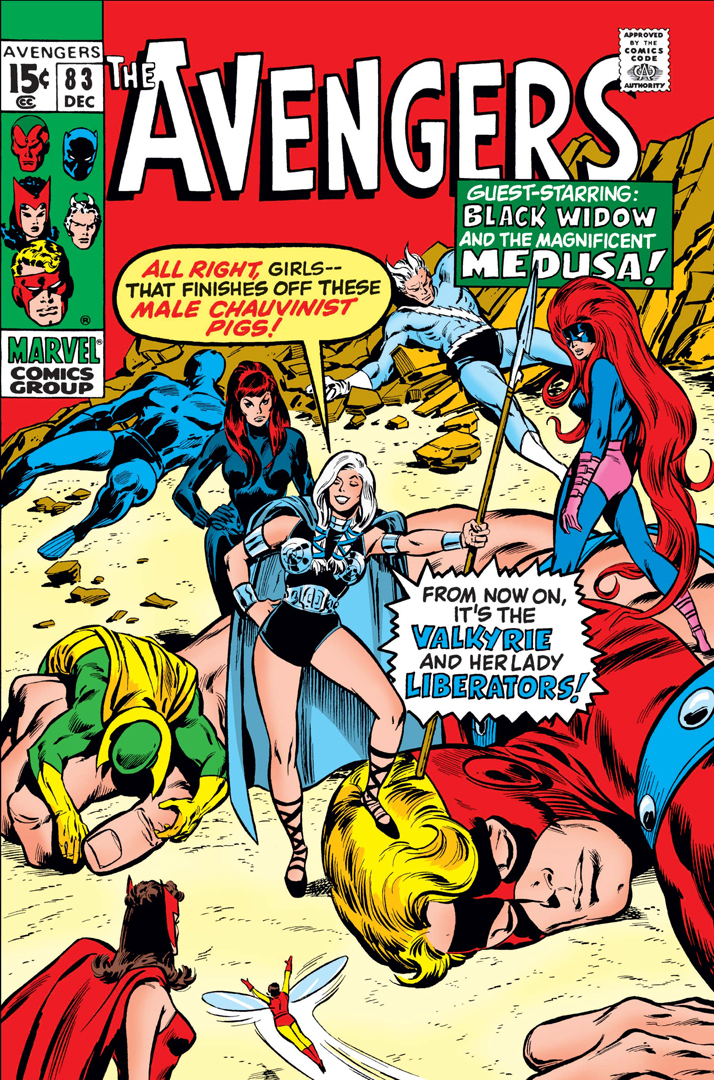
This version of Valkyrie became a long-time member of the classic '70s Defenders, one of Marvel's weirdest and most eclectic teams (or 'non-teams,' going by their unique nomenclature). In her time on the team, she developed a particular relationship with Hulk, which was later partially adapted to the MCU.
Since then, numerous versions of Valkyrie have populated the Marvel Universe, with the latest – none other Jane Foster – resurrecting the concept of the Valkyrior and bringing in multiple former Valkyries to her cause. In that way, Valkyrie has become something of a Marvel legacy on her own.
Valkyrie has also become a breakout MCU character played by Tessa Thompson, who will have a central role in the upcoming Thor: Love and Thunder.
Didn't Make the Cut: Agatha Harkness, Howard Stark, Red Wolf, Conan (the Barbarian), Kull (the Conqueror)
1971: Man-Thing
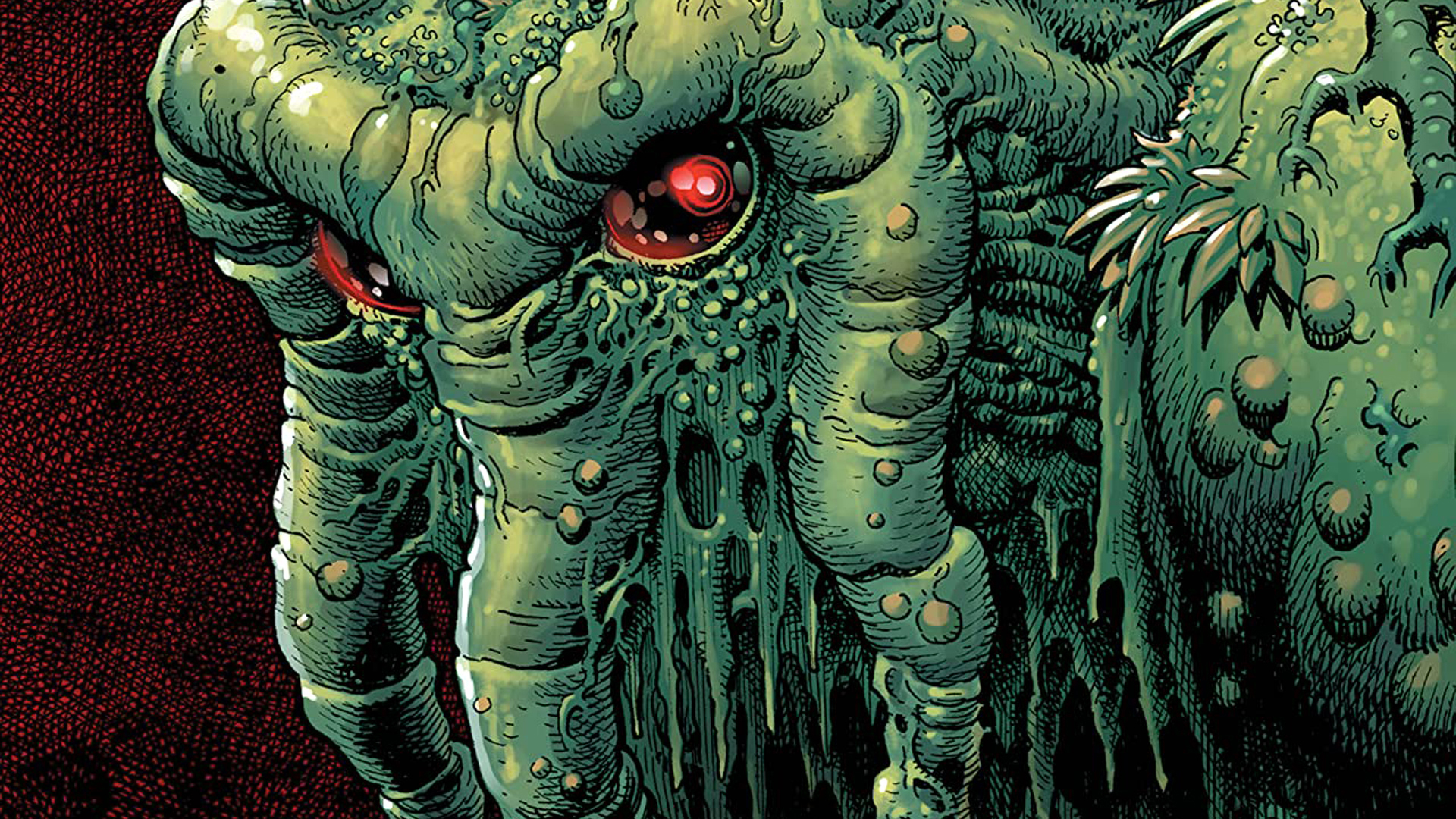
First Appearance: Savage Tales #1
Recommended Reading: Man-Thing by Steve Gerber: The Complete Collection
"Whoever knows fear, burns at the Man-Thing's touch!"
It's fitting to highlight the weird, wonderful Man-Thing this summer, as 2021 marks the 50th anniversary of his debut (and Marvel is celebrating with a series of Curse of the Man-Thing one-shots).
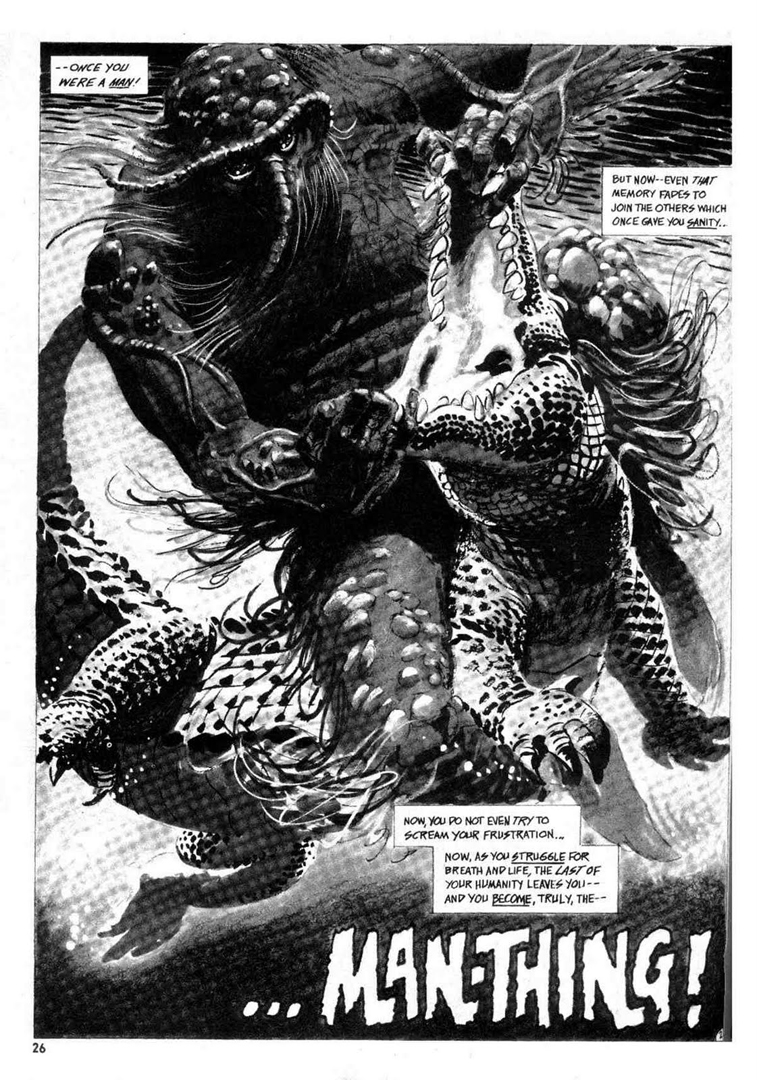
Created by Stan Lee, Steve Gerber, Roy Thomas, Gerry Conway, and Gray Morrow for the horror/fantasy magazine Savage Tales #1, it was Gerber who took Man-Thing from creature feature to complex character in his '70s run, which brought in a web of cosmic mystery, battened down by Gerber's narrations, which paint Man-Thing as a slowly devolving creature of pure instinct.
More of a cult favorite than a household name (though if your dad was a kid in the '70s he probably knows all about the guy), Man-Thing represents the possibilities inherent in embracing and elevating the unique weirdness of comic books as a medium.
Didn't Make the Cut: Mockingbird, Doc Samson, Morbius the Living Vampire
1972: Luke Cage
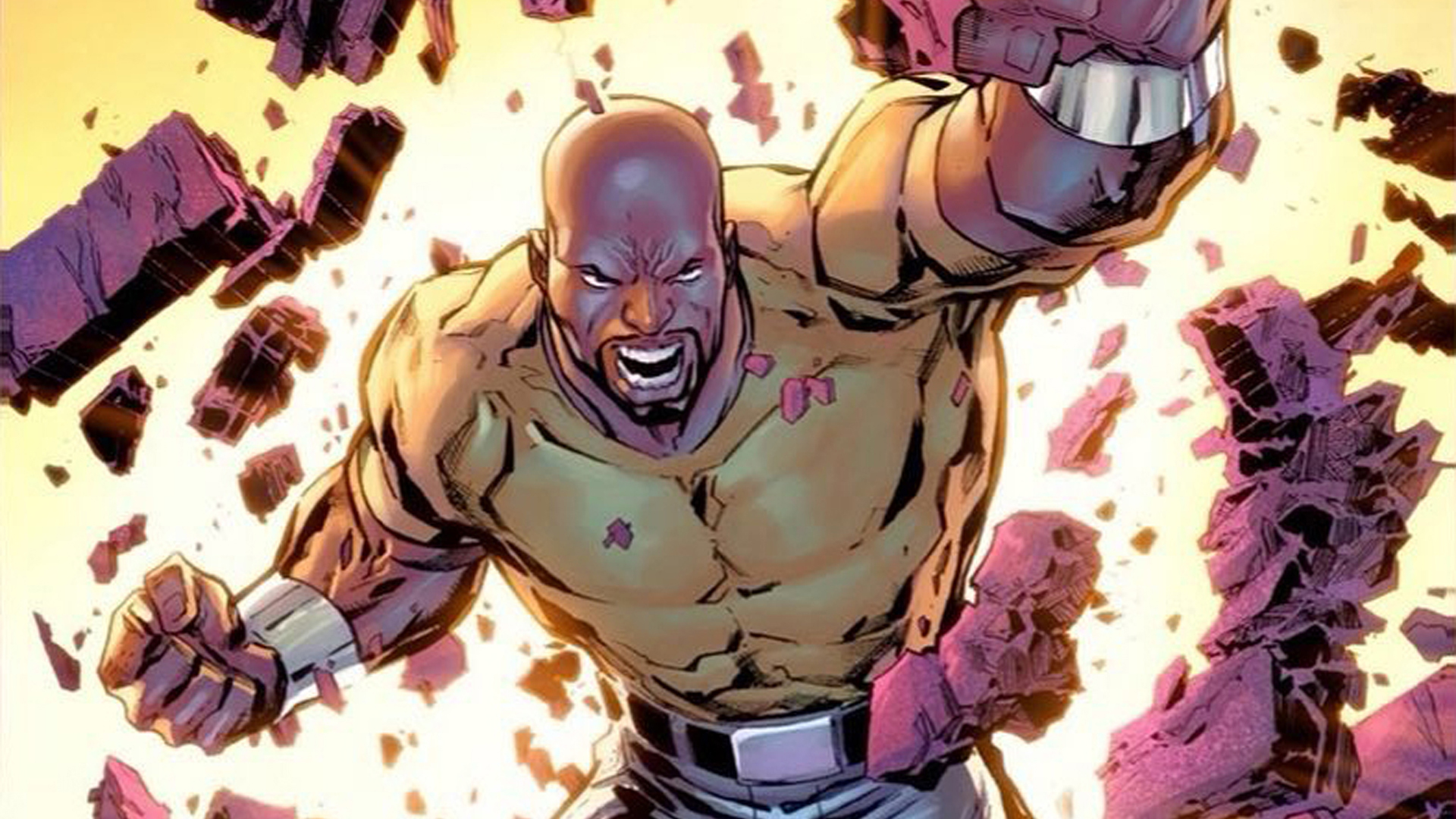
First Appearance: Luke Cage: Hero For Hire #1
Recommended Reading: New Avengers (Vol. 1)
Sweet Christmas! Luke Cage, one of Marvel's earliest Black lead characters following Black Panther and Falcon – though the first to solo headline his own title, debuting in 1972's Luke Cage: Hero For Hire #1.
Right away, Luke Cage became an integral character in the Marvel Universe, with his Hero for Hire gimmick (which is exactly what it sounds like) occupying a unique space in the Marvel Universe, even evolving into its own team over time.
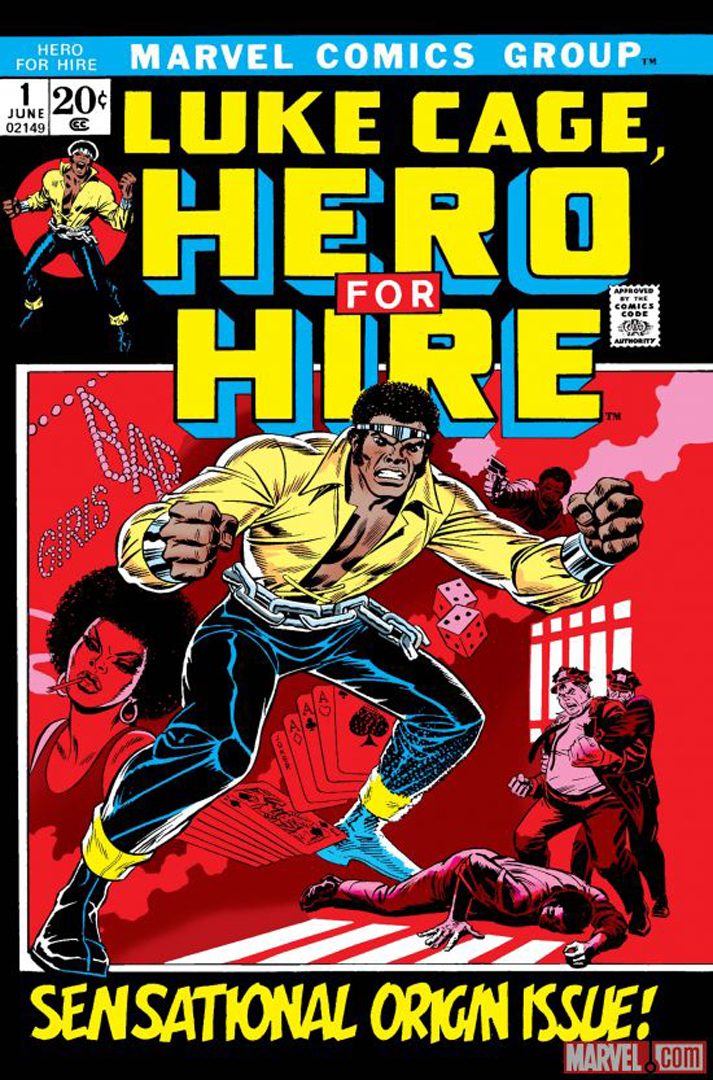
Alongside his own title, Cage (who has occasionally gone by the name Power Man) quickly branched into the wider Marvel Universe, guest starring in numerous titles – including a stint as a hired substitute member of the Fantastic Four. He also began his longtime partnership with his best friend Danny Rand/Iron Fist, who is also the namesake of Luke and his wife Jessica Jones's daughter Danielle.
In the years following his 'Heroes For Hire' days, Luke Cage has gone on to become a Marvel A-lister, including membership on and leadership of the Avengers, as well as a tenure as the director of the Thunderbolts supervillain rehab program.
And of course, Luke Cage had several seasons of his own Netflix show, played by Mike Colter - with fans still clamoring for him to be incorporated into the MCU.
Didn't Make the Cut: Werewolf by Night, Adam Warlock, Dracula, Ghost Rider (Johnny Blaze), Night Nurse, Shuma-Gorath, Tigra, Shanna the She-Devil
1973: Howard the Duck
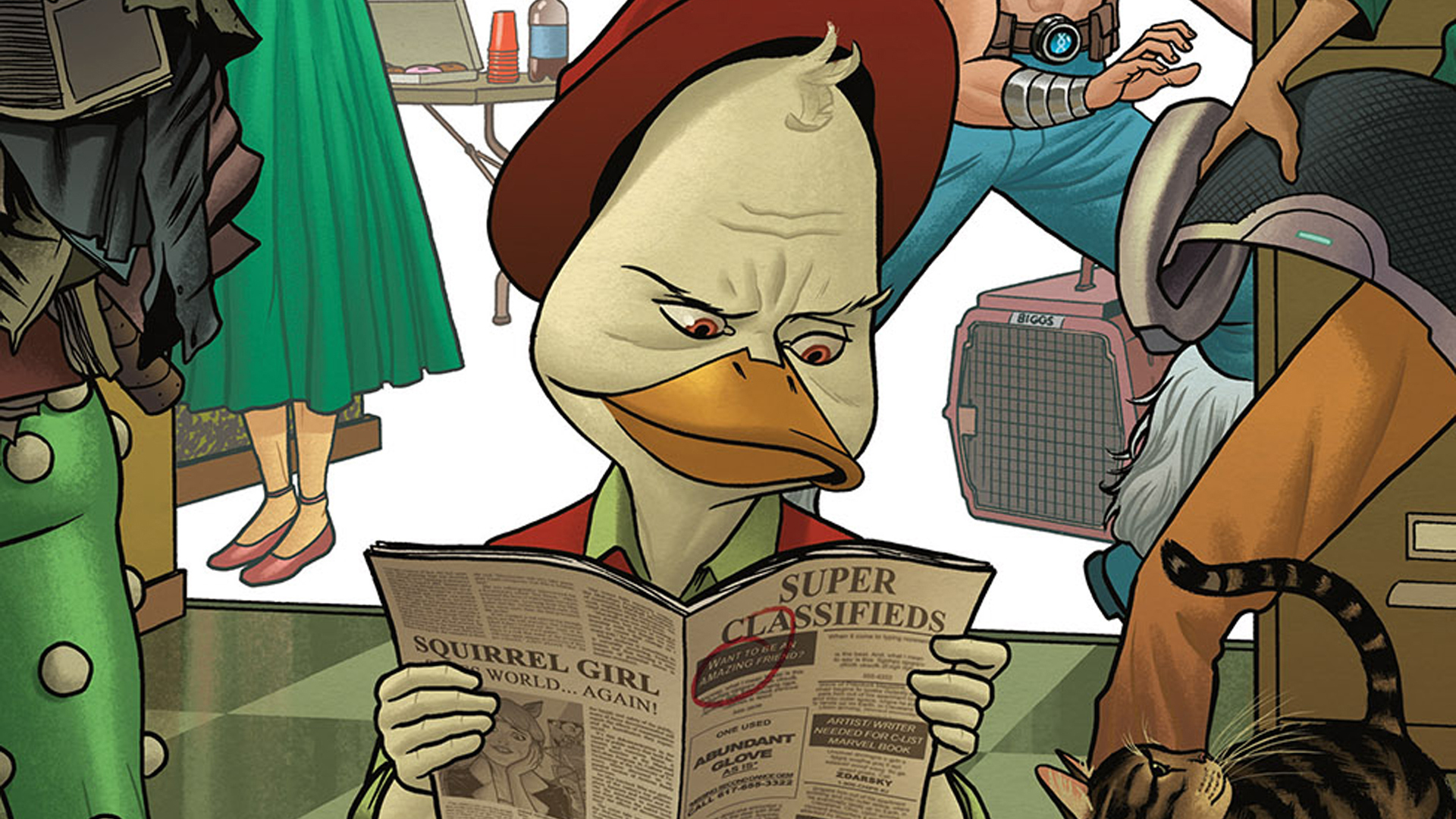
First Appearance: Adventure Into Fear #19
Recommended Reading: Howard the Duck by Zdarsky and Quinones
Howard the Duck might just be one of the weirdest characters Marvel Comics has ever taken seriously.
A Steve Gerber creation (not the last you'll be reading that name), Howard is a kind of 'funny animal' style anthropomorphic duck meant to satirize the popular animal cartoon characters of Disney and Looney Tunes – with a more adult bent.

A walking, talking, fedora and suit wearing, cigar smoking rabble-rouser of a waterfowl, Howard initially wanted to find a way back to his home world where everyone's a duck. He eventually became a fixture of the Marvel Universe, even jokingly running for president in 1976, and was the subject of the first Marvel movie, courtesy of George Lucas (though the movie is more of a fun, campy cult classic than a sci-fi masterpiece).
In the years since, he's often been a satirical voice for Marvel Comics, providing a down-to-earth, oddly human perspective and counterpoint for the larger-than-life superheroes all around him.
Howard has even made it to the MCU in a pair of surprise cameos in Guardians of the Galaxy and Guardians Vol. 2, voiced by Robot Chicken co-creator Seth Green.
Didn't Make the Cut: Moondragon, Drax the Destroyer, Thanos, Mantis, Blade, Brother Voodoo (Doctor Voodoo), Daimon Hellstrom, Killmonger, Shang-Chi
1974: Wolverine
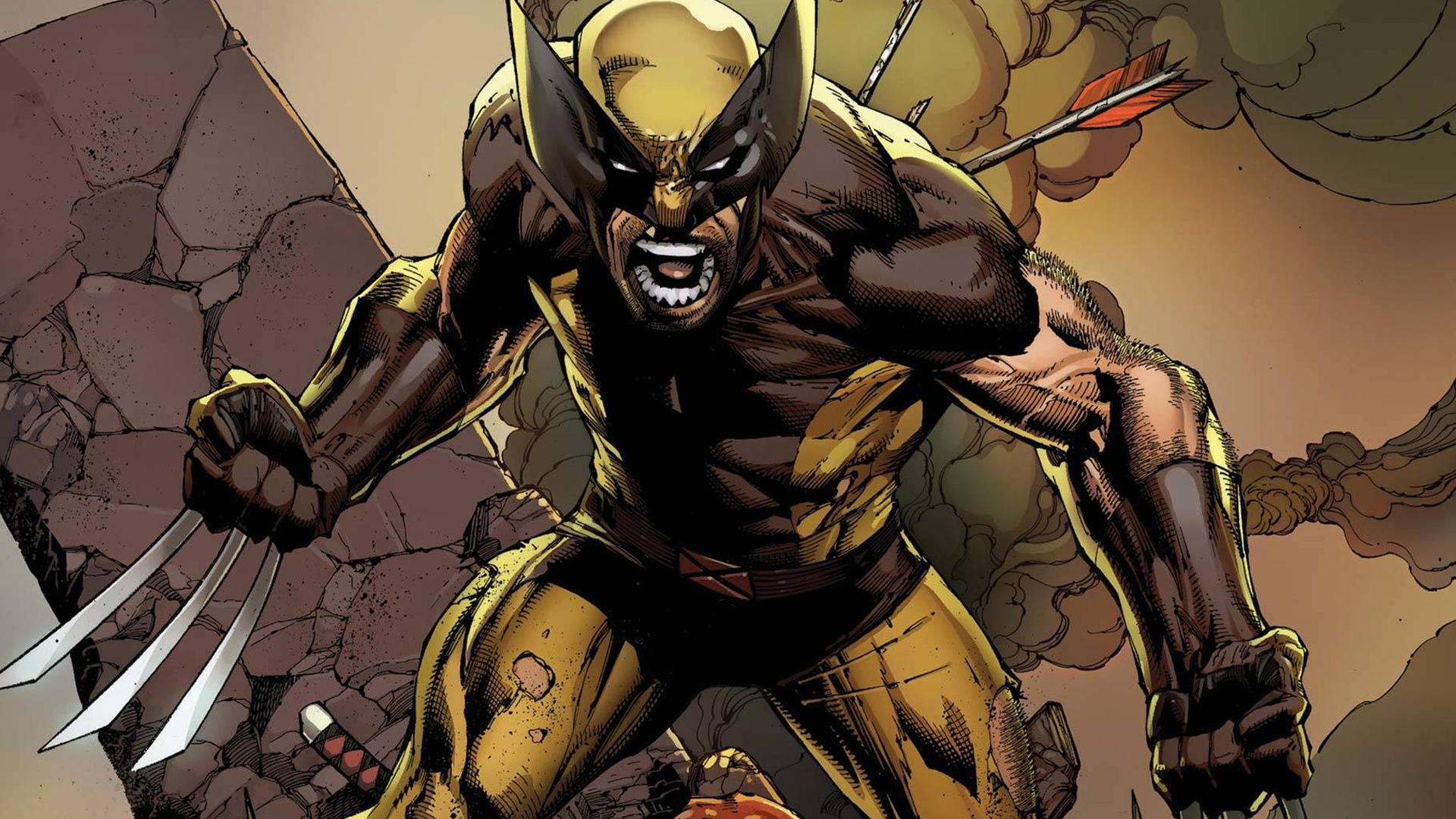
First Appearance: Incredible Hulk #181
Recommended Reading: Wolverine by Larry Hama and Marc Silvestri
Few Marvel characters can match the profile and publishing history of Wolverine – a character whose name has become practically synonymous not just with the X-Men but with Marvel Comics overall.
Though he debuted as a villain in 1974's Incredible Hulk #181, Wolverine became a breakout superstar when he joined the X-Men in 1975's Giant-Size X-Men #1 as part of the team's 'All New, All Different' revamp which introduced an entirely new roster of characters.
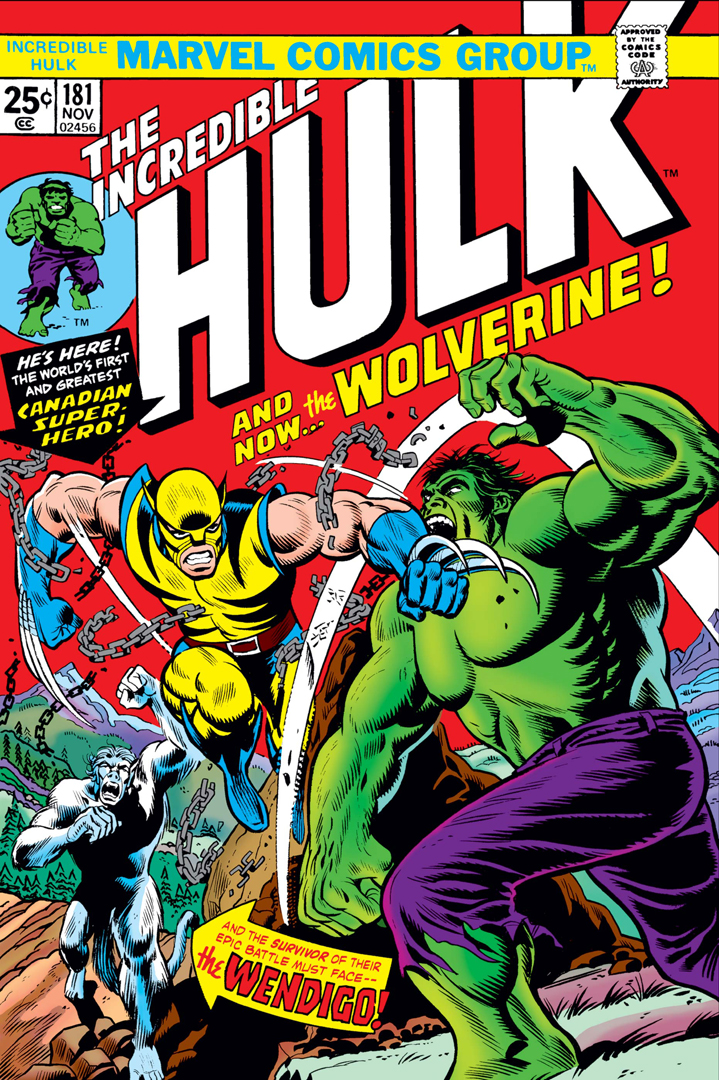
A short but tough-as-nails badass with a killing streak and a boiling berserker rage below the surface, Wolverine is essentially the prototypical 'lone wolf' hero character, complete with a mysterious past full of unending secrets to be uncovered.
There's not much to say about Wolverine that Marvel fans don't know – he's the best there is at what he does, after all. In his time at Marvel, he's risen to become one of the publisher's most popular flagship characters, headlining numerous solo titles (including sometimes more than one at a time), joining the Avengers, and even giving rise to his own spin-offs and legacy characters.
And Wolverine's profile extends far beyond comic books, with his trademark adamantium claws slicing their way into the hearts of '90s kids with the iconic X-Men: The Animated Series, and with actor Hugh Jackman's nearly two decades playing Wolverine on film.
Didn't Make the Cut: Jackal, Punisher, Iron Fist, Deathlok, Colleen Wing
1975: Storm
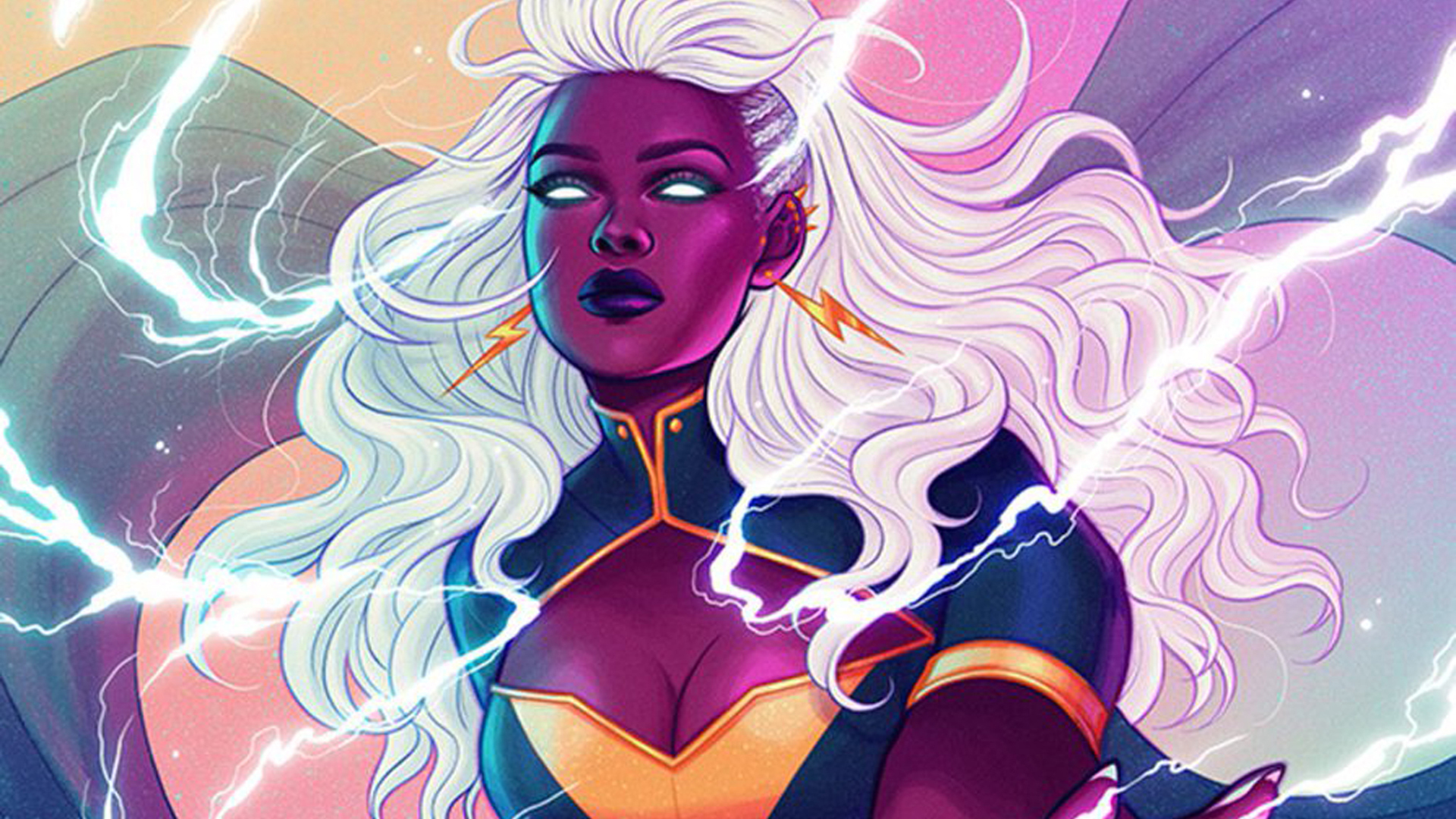
First Appearance: Giant Size X-Men #1
Recommended Reading: Storm: Make It Rain
1975 brought huge changes to the X-Men with the original team mostly leaving the title and the landmark Giant-Size X-Men #1 bringing in a whole host of new members, some of whom, like Wolverine, were pre-existing characters, but others were new creations entirely – such as Storm.
Storm holds a major historical distinction the first Black woman to be part of any major superhero team (X-Men included), the first Black female hero in Marvel Comics, and even the first major Black female superhero overall.
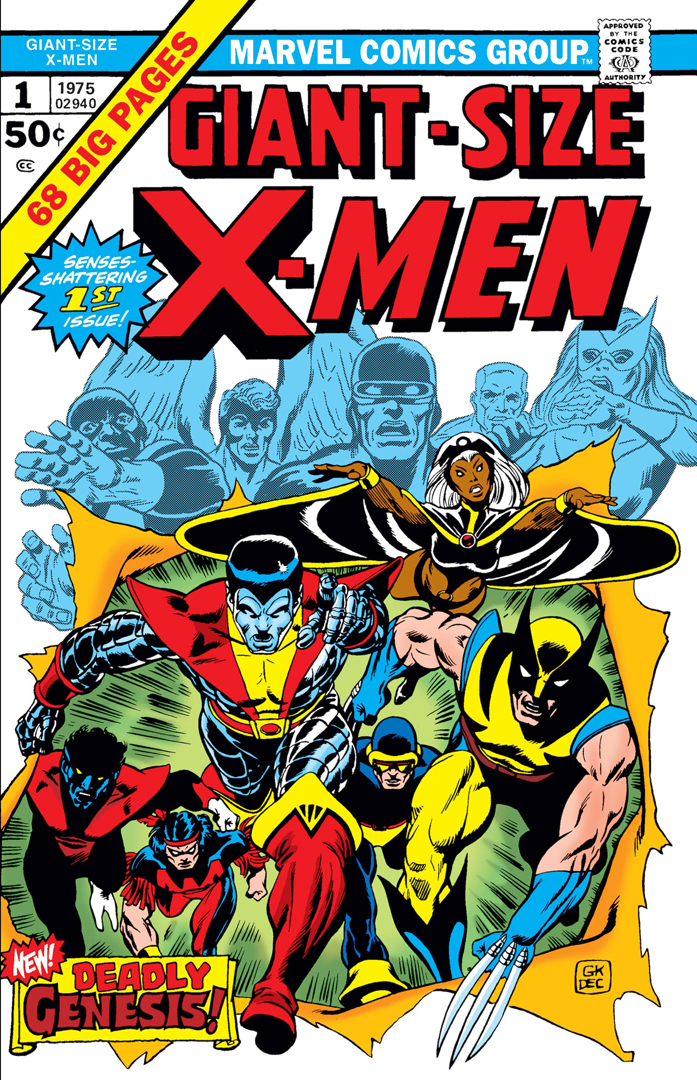
She's also a fan-favorite character whose power over weather, regal bearing, and long evolution from the X-Men's ingenue to one of the team's default leaders and biggest powerhouses has been giving readers plenty to dig into in the 46 years since she debuted.
Storm has been an orphan, a goddess, an X-Man, a Morlock, and even a queen, thanks to her former marriage to the King of Wakanda, Black Panther. In recent years, she's also proven exactly how competent and powerful she can be even without her powers, but winning her duel in the recent 'X of Swords.'
And of course, Storm is even a household name outside the X-Men at large thanks to her central role in the '90s X-Men: The Animated Series, and her portrayals on film by Halle Berry and Alexandra Shipp.
Didn't Make the Cut: Korvac, Jamie Madrox (Multiple Man), Misty Knight, Colossus, Krakoa, Nightcrawler, Gamora, Moon Knight, Moira MacTaggert
1976: Rocket Raccoon
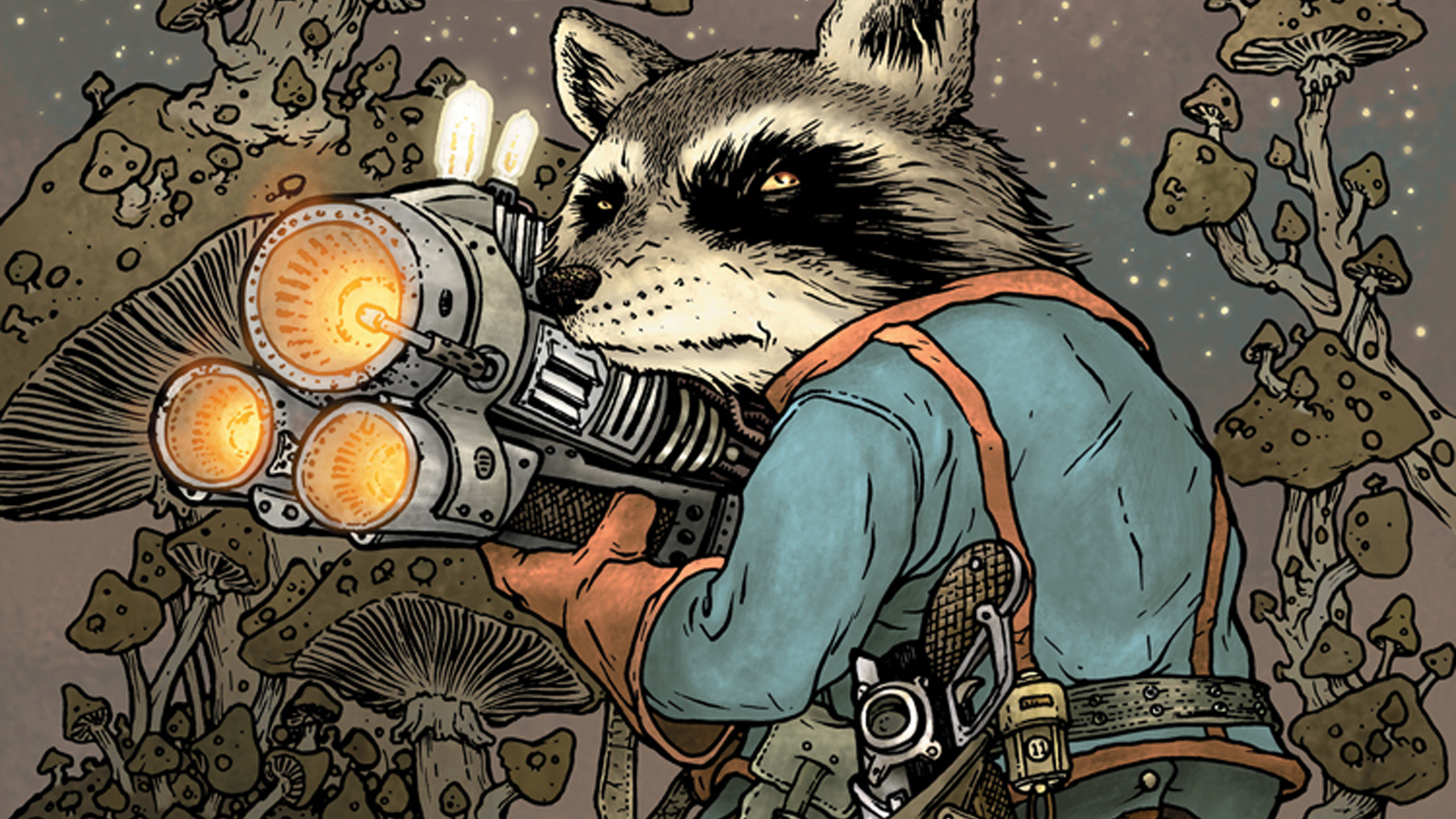
First Appearance: Marvel Preview #7
Recommended Reading: Rocket Raccoon: A Chasing Tale
Who knew that a talking space Raccoon who languished in obscurity for decades could rise through the heights of fandom to become a beloved character and even a movie star? Well, perhaps writer Bill Mantlo and artist Keith Giffen, when they created Rocket Raccoon for 1976's Marvel Preview #7.
In 2021, Rocket has become a household name with global fans eagerly awaiting his next movie adventure. But back in '76, Rocket was a simple space swashbuckler who was going by Rocky (after the Beatles song Rocky Raccoon).

He didn't appear again until a guest appearance in 1982's Incredible Hulk #271, which revealed his full name - but not much else, as he was once again relegated to the background of Marvel Comics.
Though he appeared in his own '80s limited series written by Mantlo and penciled by none other than Hellboy creator Mike Mignola, Rocket had less than a dozen comic book appearances until the '00s, when he became a supporting character in a newly minted version of also semi-obscure team the Guardians of the Galaxy – leading to the version that has become a movie star, and a lead character again.
Nowadays, you can ask almost anyone who Rocket Raccoon is, and they'll almost certainly have a favorite line, wacky weapon invention, or scene from his movie appearances - not bad for a character who languished in obscurity for so long.
Didn't Make the Cut: Star-Lord, Hellcat, Bullseye, Jack of Hearts, Black Tom Cassidy, Union Jack, Nova (Richard Rider), Captain Britain, Eternals
1977: Spider-Woman (Jessica Drew)

First Appearance: Marvel Spotlight #32
Recommended Reading: Spider-Woman: Bad Blood
Jessica Drew/Spider-Woman is one of Marvel's first spin-off characters, debuting in 1977, the same year her long-time comic book bestie Carol Danvers (who debuted in 1968) took on the powers and codename of Ms. Marvel. Like Ms. Marvel, Spider-Woman takes inspiration for her superhero identity from a male counterpart (Spider-Man in Jessica's case, naturally).
But Jessica's history isn't tied directly to Peter Parker. Though Ms. Marvel and 1980's She-Hulk both had origins connected to their male inspirations, Jessica's origins are fully separate, as a double agent for Hydra and SHIELD who got her powers through biological experiments.
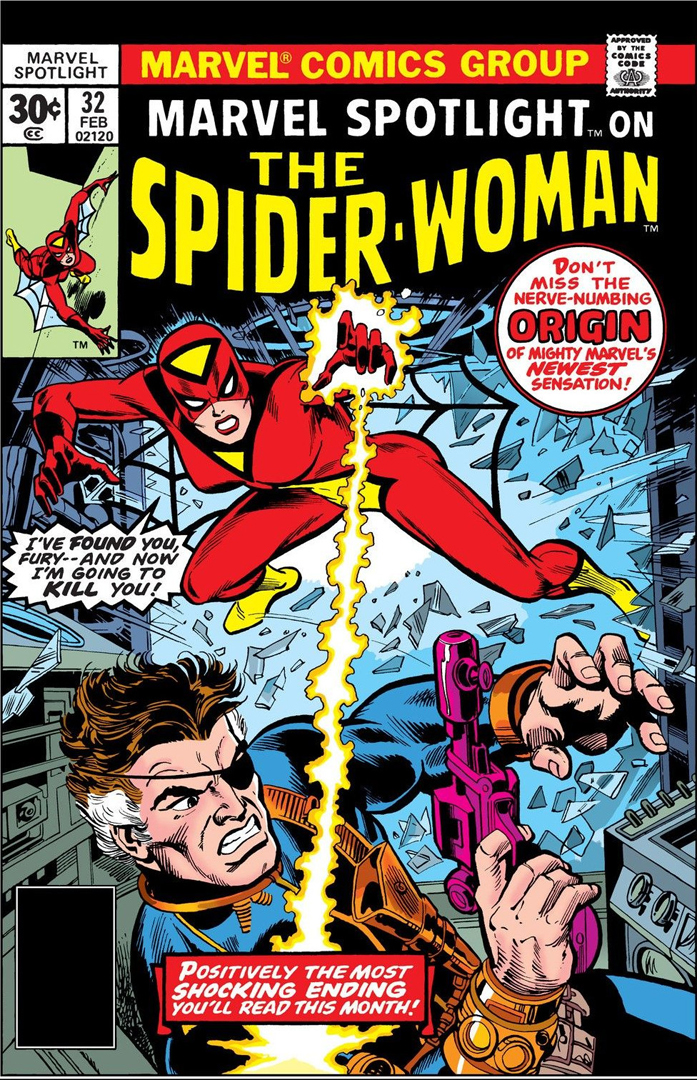
Spider-Woman became a hit for Marvel, thanks to her weird, almost creepy villains, her espionage background, and her striking costume designed by artist Marie Severin, spinning off into her own 1979/1980 animated series.
Though she has had times of inactivity as a hero, Jessica Drew (like Peter Parker) has inspired her own legacy characters and spin-offs who have taken up the name of Spider-Woman in her absence.
Since the early '00s however, Spider-Woman been a mainstay of Marvel's Avengers and has headlined her own title numerous times – including a current ongoing run.
Didn't Make the Cut: Arnim Zola, Corsair, Machine Man, Godzilla King of the Monsters, Sabretooth, Deathbird, Gladiator (Kallark), Henry Peter Gyrich
1978: Mystique
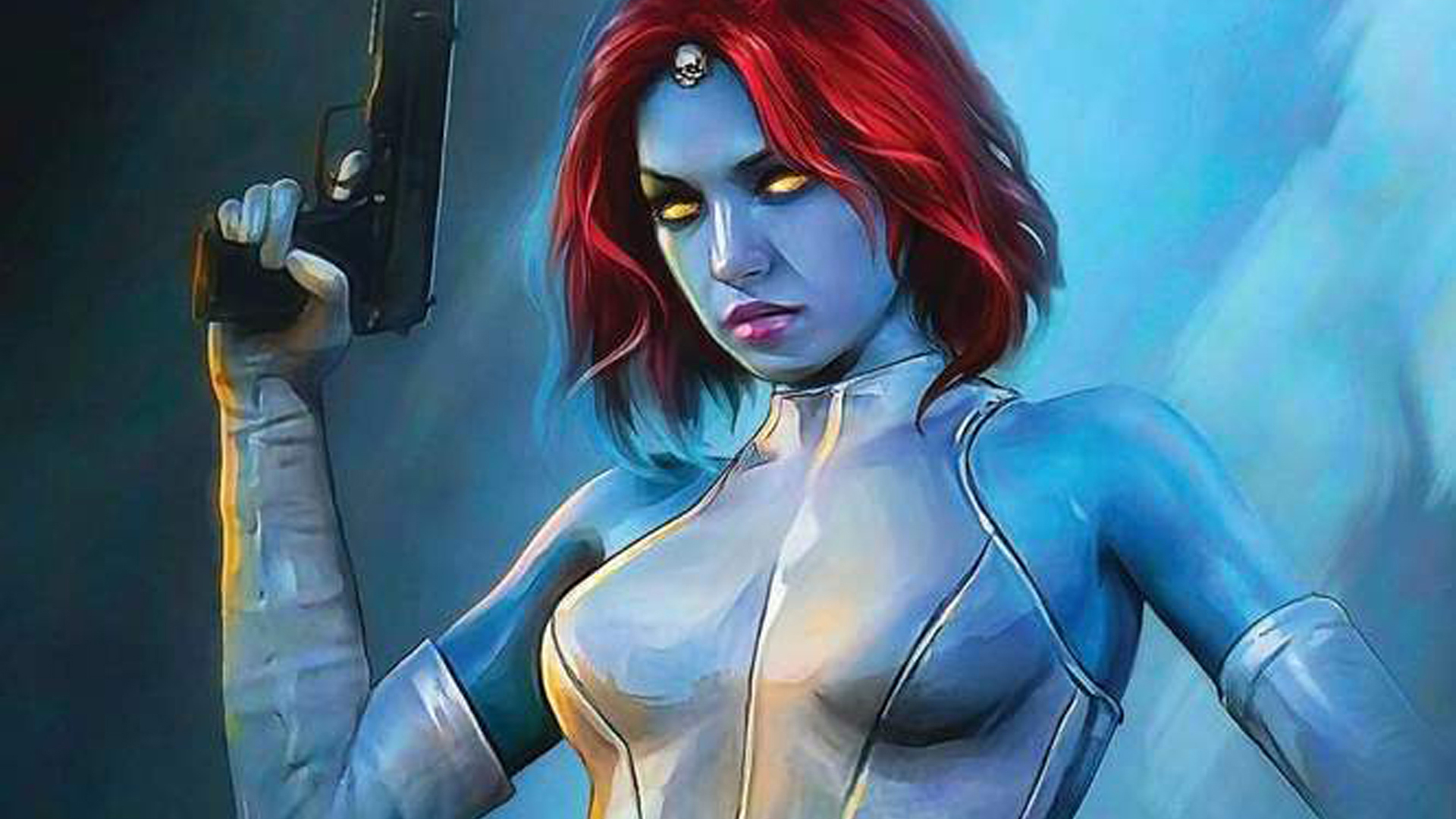
First Appearance: Ms. Marvel #16
Recommended Reading: Mystique by Brian K. Vaughan: Ultimate Edition
With cool powers, a striking look, and a reputation as the ultimate femme fatale, it's no wonder the mutant Mystique has been gaining comic book fans since her 1978 debut as a villain in Ms. Marvel #16, by X-Men writer and artist Chris Claremont and Dave Cockrum.
Mystique quickly became a primary enemy for Carol Danvers, leading to the introduction of Rogue (another popular X-Men mainstay) in a story that cost Carol her powers for years, and changed Rogue's life forever.
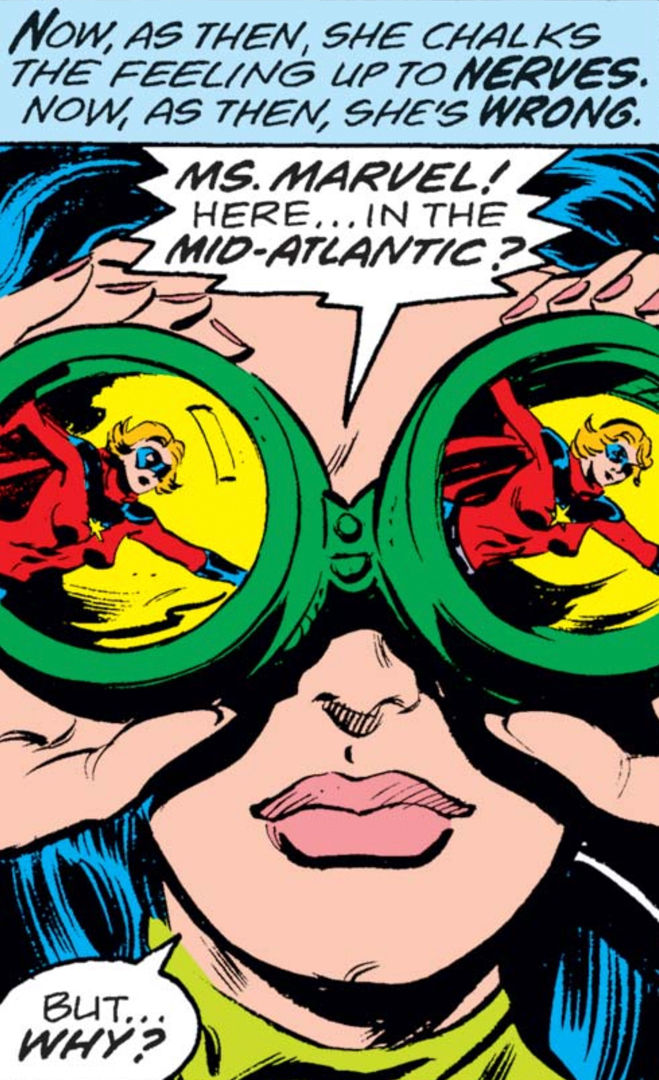
But enough about them – it's Mystique who gets the prize for the best character of '78, and in point of fact, her reputation as one of the X-Men's most mysterious double agents, swapping between villain and hero as it suits her needs, is just the tip of the iceberg when it comes to why Mystique is so intriguing.
There's the shape-shifting powers, of course, which are all anchored by her blue-skinned native form. And her relationships to other X-Men like her son Nightcrawler and adopted daughter Rogue. And there's the fact that she's one of Marvel's first bisexual/pansexual characters, and along with her romantic partner Destiny (who is currently dead in comic books) has one of Marvel's longest running queer relationships.
Mystique has gotten her due as one of Marvel's most layered and interesting characters in her own solo title as well as Fox's X-Men films, portrayed by Rebecca Romijn and Jennifer Lawrence.
Didn't Make the Cut: Arcade, Paladin, Quasar (Wendell Vaughn), Moon-Boy and Devil Dinosaur, Ben Urich, H.E.R.B.I.E.
1979: Northstar
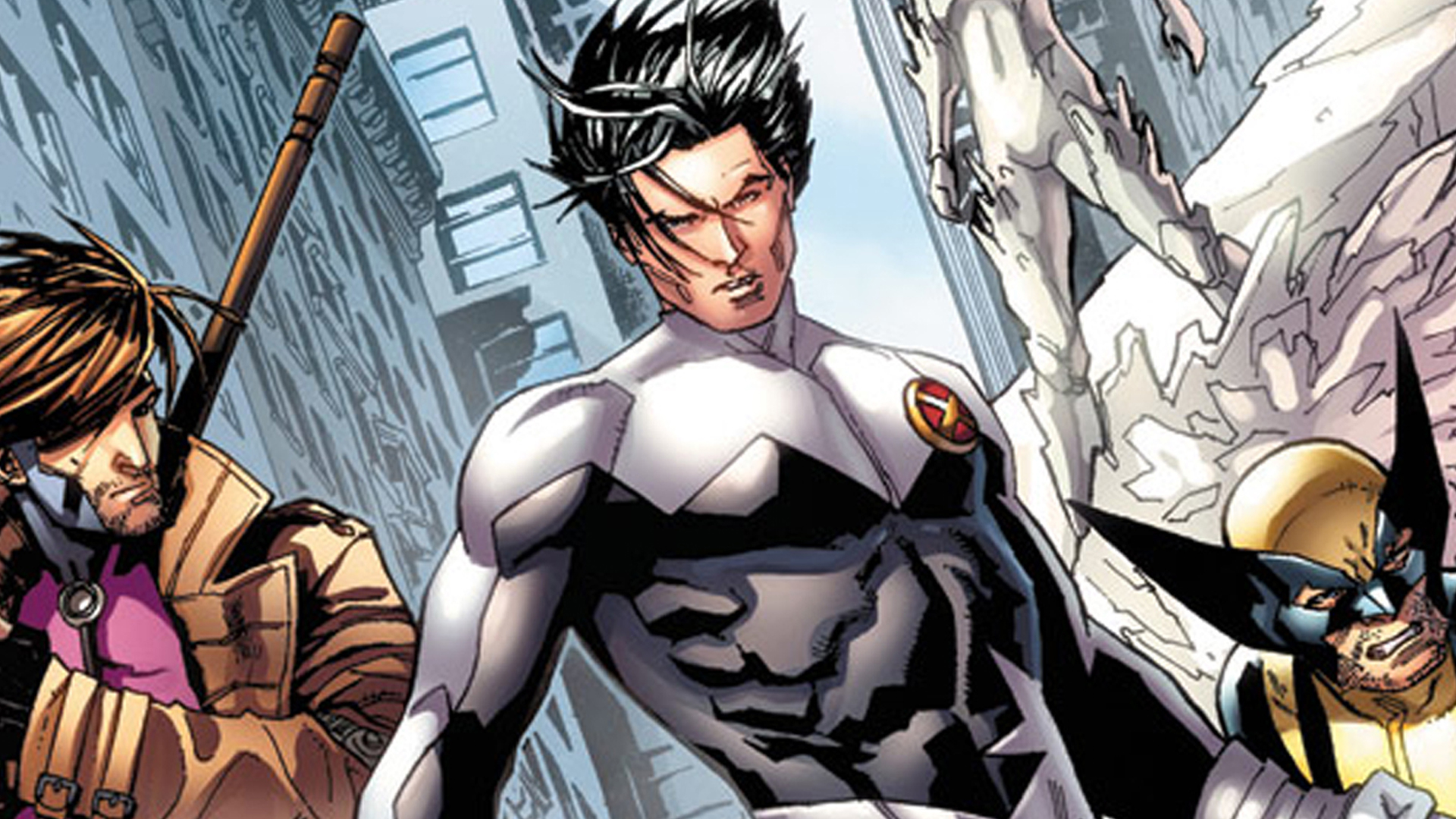
First Appearance: Uncanny X-Men #120
Recommended Reading: Astonishing X-Men #51
It may seem odd to highlight a fairly obscure character who was only one of many members of Canadian super-team Alpha Flight to debut in 1979's Uncanny X-Men #120, but Northstar stands apart from many of his former teammates, both in characterization and his importance to comic books.
Though it wouldn't be stated outright on the page until the '90s, Northstar is gay – and according to creator John Byrne and writer Scott Lobdell who ultimately wrote Northstar's coming out in 1992's Alpha Flight #106, he was always intended to be portrayed as a gay man, though the Comics Code Authority and Marvel editorial wouldn't allow it to be explicit for over a decade.

This makes Northstar Marvel's first openly gay supehero, and one of the first in comic books, an important position in comic book history which is becoming increasingly more relevant as the number of openly queer characters and creators in comic books has blossomed.
Haughty, sometimes hostile, and always arrogant, Northstar possesses not just incredible strength of character (often leading to conflict with teammates), he also has the powers of super speed and flight – and when he holds hands with his twin sister Aurora, the pair can produce a blast of dazzling lights evocative of their namesakes.
Following his time on Alpha Flight, of which he was a core member for decades, Northstar has become a mainstay of the X-Men, with his wedding marking a landmark story in 2012's Astonishing X-Men #51 as the first portrayal of a same-sex wedding in a mainstream superhero comic book.
Didn't Make the Cut: Shadow King, Ant-Man (Scott Lang), Justin Hammer, Cassandra Lang, Black Cat, Rom the Spaceknight, James Rhodes
Now that you've read about the best Marvel characters of the '70s, catch up on the best Marvel Comics stories of all time.
I've been Newsarama's resident Marvel Comics expert and general comic book historian since 2011. I've also been the on-site reporter at most major comic conventions such as Comic-Con International: San Diego, New York Comic Con, and C2E2. Outside of comic journalism, I am the artist of many weird pictures, and the guitarist of many heavy riffs. (They/Them)



